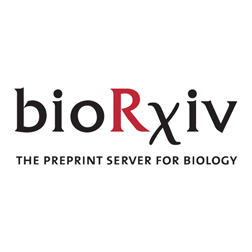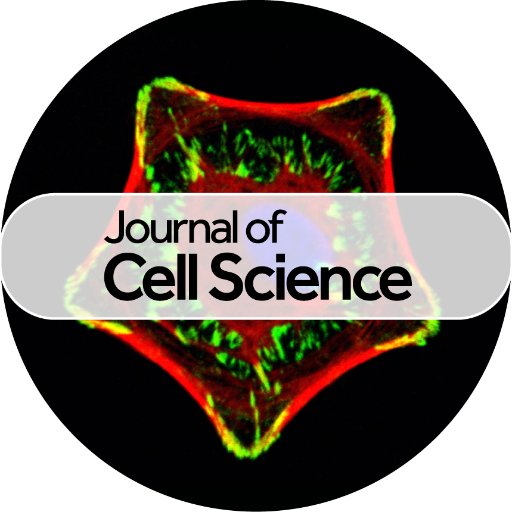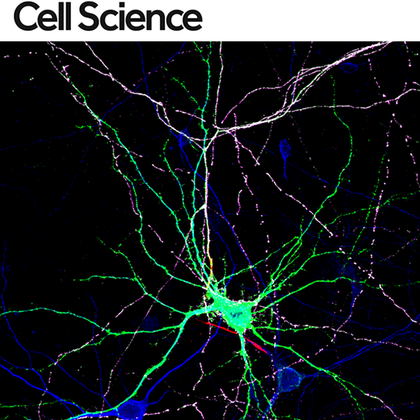
HenleyLab
@Henley_Lab
Followers
11
Following
5
Media
2
Statuses
12
Henley Lab in @bristolbiochem at @bristoluni.
Bristol
Joined May 2024
Excited to share our new preprint by @NitheyaaS🥳showing that PINK1 undergoes SUMOylation and exploring its role in regulating basal mitophagy.
biorxiv.org
The detection and removal of damaged mitochondria is essential for cells to maintain a healthy mitochondrial network. PTEN-induced kinase 1 (PINK1) is a critical sensor that detects mitochondrial...
1
1
2
RT @NitheyaaS: Excited to share this amazing story, identifying SUMOylation of MFF as a key regulator in promoting stress-induced mitochond….
science.org
A key molecular step is identified for the fragmentation and removal of damaged mitochondria that is essential for cell health.
0
3
0
RT @J_Cell_Sci: Our next highlighted researcher for Postdoc Appreciation Week #NPAW24 is Alexandra Fletcher-Jones, @Henley_Lab. Alexandra’s….
0
2
0
New paper alert! A fantastic protocol paper in collaboration with @busrapyucel and @kevwilkinson. Protocol for detecting palmitoylation of high-molecular-weight rat syn.
0
2
4
So excited that one of my images is the cover of the current issue of the Journal of Cell Science! -Alex.
Issue 11 is complete!.Explore our ToC: Our cover image shows a primary hippocampal neuron transfected with EGFP–CB1R (green); surface EGFP–CB1R (magenta) is restricted to the axon. Untransfected neurons are labelled with MAP2 (blue).
1
1
3
RT @J_Cell_Sci: Issue 11 is complete!.Explore our ToC: Our cover image shows a primary hippocampal neuron transfect….
0
3
0
RT @J_Cell_Sci: Find out more about this research in our ‘First person’ interview with Alexandra Fletcher-Jones: ht….
0
1
0
RT @J_Cell_Sci: Alexandra Fletcher-Jones, Jeremy Henley @Henley_Lab and colleagues @BristolUni find that SGIP1 binding to the α-helical H9….
0
1
0
SGIP1 binding to the α-helical H9 domain of cannabinoid receptor 1 promotes axonal surface expression
journals.biologists.com
Summary: The cannabinoid type 1 receptor is stabilised at the axonal surface through interaction of its intracellular helix 9 domain with the endocytic adaptor protein SGIP1.
0
1
2













